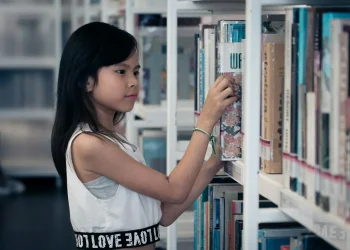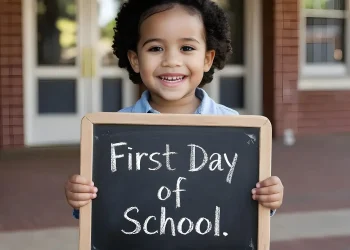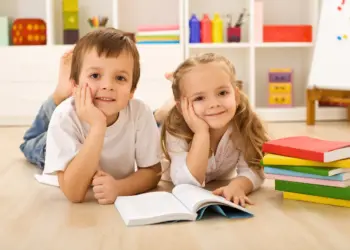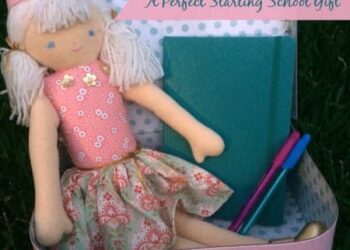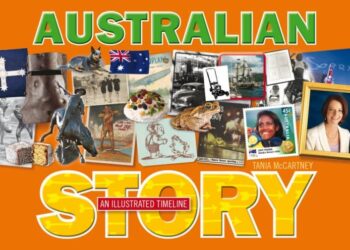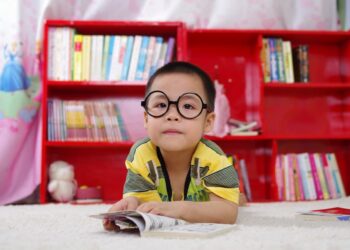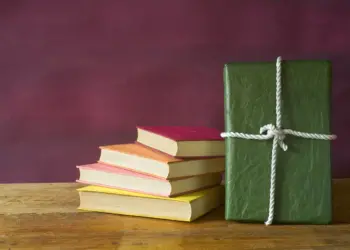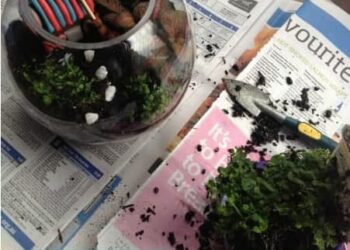Once children are aware of the print around them, we can work towards helping them understand that the print they see carries meaning or a message. In order to do that, a child needs to be able to recognise the individual symbols (letters) in the print, which is why learning the alphabet is an ingredient for reading.
PLEASE NOTE: As I’ve mentioned in previous posts, learning to read doesn’t necessarily follow a structured sequence. For example, learning to recognise the alphabets doesn’t necessarily happen before developing phonological awareness. They can actually develop alongside each other. So, if you’ve stumbled upon this post please explore the other posts in this A to Z of Learning to Read series because there are other ingredients for reading that are equally as important as learning the alphabet.
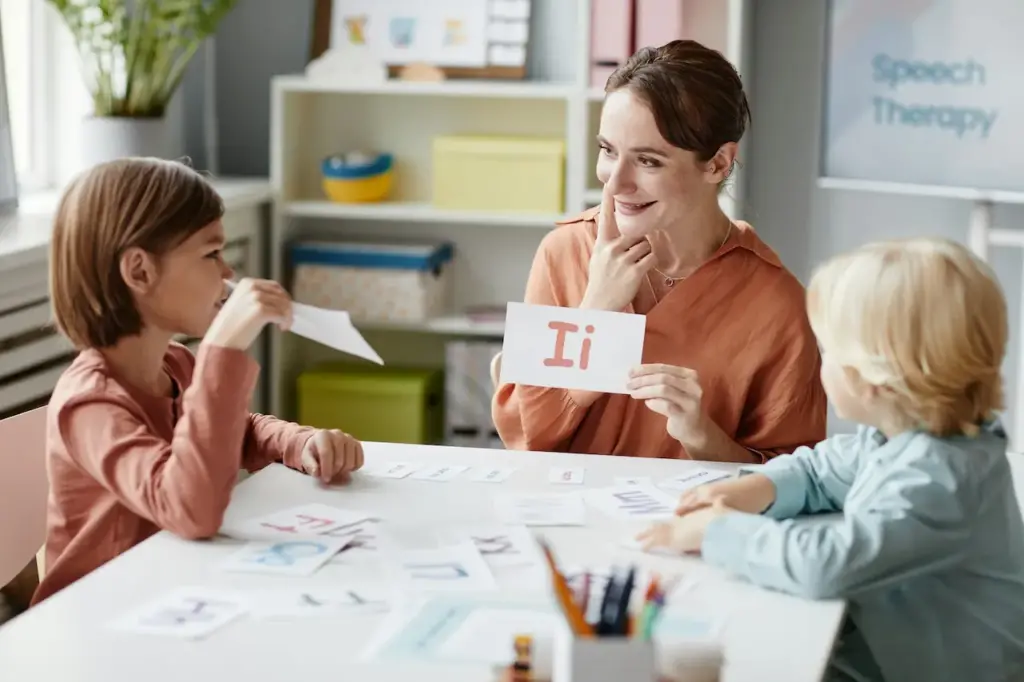
ALPHABET TERMS AND UNDERSTANDINGS
Alphabet: The alphabet consists of 26 single written letters that, individually and in various combinations, represent the 44 sounds in the English language.
Letter Names: Titles given to the 26 letter symbols in the English alphabet, which together represent the 44 sounds in the English language.
Letter Recognition: The ability to identify and name letters of the alphabet, both uppercase and lowercase. Once letter recognition is mastered, children can learn the characteristics, formation and shape of the letters.
Uppercase Letters: Uppercase letters are also known as capital letters. They are all written at the same height and are used to begin a sentence or proper nouns.
Lowercase Letters: Lowercase letters are smaller than capital letters. Although the form of each letter can vary slightly, they each consist of a body while some letters also include a head or tail. Learning to read involves distinguishing between uppercase and lowercase versions of printed letters.
Consonants: Non-vowel speech sounds made when a part of the mouth (tongue, lips, and teeth) obstructs the sound being made.
Vowel: A speech sound made without any obstruction of air flow from the lungs. These sounds are represented by the letters ‘a’, ‘e’, ‘i’, ‘o’, ‘u’ and sometimes ‘y’).
TIPS FOR INTRODUCING THE ALPHABET
1. Knowing common shapes (circle, square, and triangle) before introducing the alphabet will help children to distinguish the shape of letters.
2. Many people naturally only introduce letter names to their children, but others argue that a letter sound is more important than its name. I believe that the two go hand-in-hand and should be introduced at the same time. Rather than introducing the whole alphabet, start by focussing on one letter at a time. Introduce the letter name, its sound and its formation/shape at the same time.
3. This is a sequence of task types I like children to explore when learning letters. Some more specific activity ideas can be found at the end of this post or on my Alphabet Pinterest board.
a) Build or make the letter/s
b) Play with the letter/s
c) Search for the letter/s
d) Match and sort the letters
4. When introducing letters, begin with the letters in your child’s name and those of family members because these names (and letters) hold significance. There will also be many meaningful opportunities for them to identify these letters in your home, such as identifying letters in names addressed on postal packages.
5. Below is a common sequence for introducing letters to children once they have begun to recognise the letters in their own name. This sequence allows children to recognise, early on, the letters in small words (e.g. at, am, mat, pat, map etc. ). It also separates letters which look similar (b and d; p and q; g and y). Note though, that confusing letters that look similar is common and can happen for children even during the early years of primary school.
m, a, t, p, o, n, d, c, u, s, g, h, i, f, b, l, e, r, w, k, x, v, y, z, j, q
6. Uppercase letters are easier to distinguish from one another, so that can be a good starting point. But, don’t be too slow in introducing lowercase letters either because this is the case most frequently encountered in texts. I love alphabet books that feature both upper and lower case letters.
7. There are a range of fonts used in schools (For example, the Victorian Modern Cursive is used in Victorian schools). I encourage you to find out and use the font that is used in your state or region. Once your child can recognise all letters of the alphabet, you can then challenge them with a range of fonts.
8. It is not essential for children to be able to write letters in order for them to recognise or read them. However, writing letters can sometimes help particular children in learning to recognise letters, especially if they are linguistic or kinaesthetic learners. There are also some great visual aids to help with letter formation, such as this clever classroom trick from Learn with Play at Home.
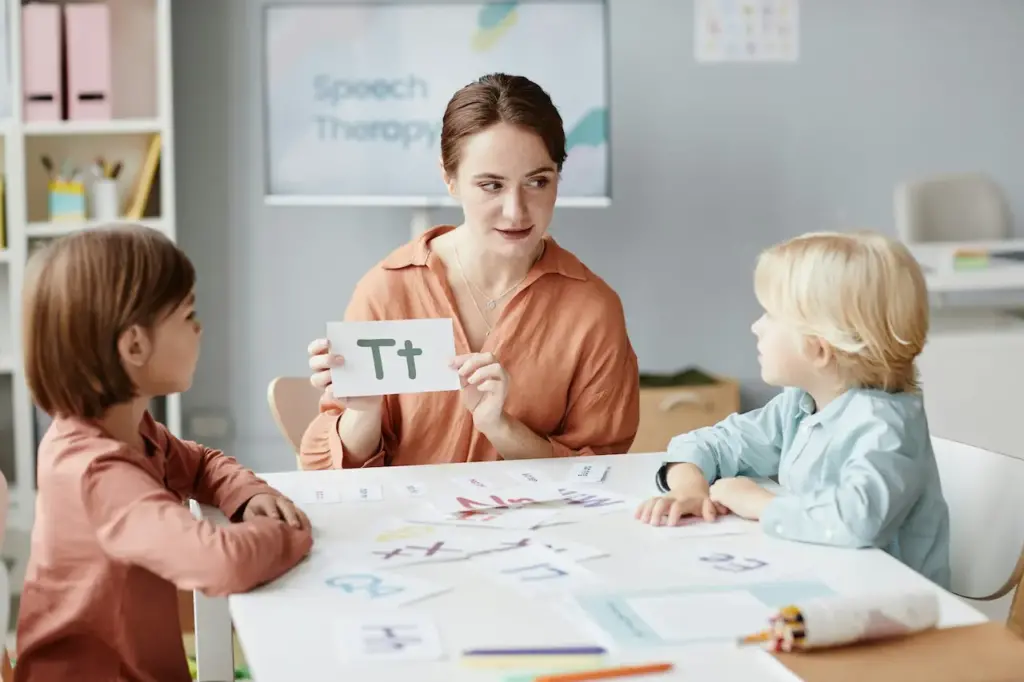
ACTIVITY IDEAS FOR LEARNING THE ALPHABET
YOUR CHILD’S LEARNING STYLE
There are literally hundreds of activity ideas in books and on the internet to assist children in learning to recognise letters of the alphabet, but when searching for alphabet activities it is important to keep in mind your child’s natural learning style (how they learn best).
Visual/Spatial learners prefer learning by using, drawing or visualising pictures, images and patterns. Consider:
- Building or making letters on play dough mats (Make your own alphabet play dough mat using tips from Octavia and Vicky)
- Creating alphabet art
- Letter craft activities (Learning 4 Kids is an incredible resource for letter craft)
- Alphabet lacing cards (Make your own lacing cards using instructions from Live Craft Eat)
- Alphabet stamps
- Letter puzzles
- Using play dough with cookie cutters or play dough stamps
- Alphabet beads
- Print/letter exploring
- Alphabet scavenger hunt\
Auditory/Musical learners prefer learning with the use of sounds, music and rhythm. Consider:
- Singing the classic alphabet song
- Using instruments to learn letters
- Using songs such as The ABCs of Moving You with Usher and Sesame Street or Dr Jean’s Who Let the Letters Out
- Writing and singing your own songs
- Chanting letters
Logical/Mathematical learners prefer learning with the use logic, classification, reasoning and numbers. Consider:
- Learning the alphabet through the use of science (This erupting alphabet from Learn Play Imagine is fantastic)
- Alphabet memory games
- An alphabet scavenger hunt
- Alphabet match-up games (Try making and playing games with bottle lids, pegs and toy cars)
- Alphabet pattern puzzles (or try this homemade version of Stamp in the Blanks from No Time for Flash Cards)
Verbal/Linguistic learners learn best through reading, writing, speaking and listening. Consider:
- Reading stories and making corresponding letter crafts: ( No Time for Flash Cards has a list of ideas for all 26 letters)
- Reading alphabet books
- Using flash cards
- Magazine searches
- Letter detective searches
- Learning words for each letter (e.g. B is for ball)
- Looking for words that start with specified letters
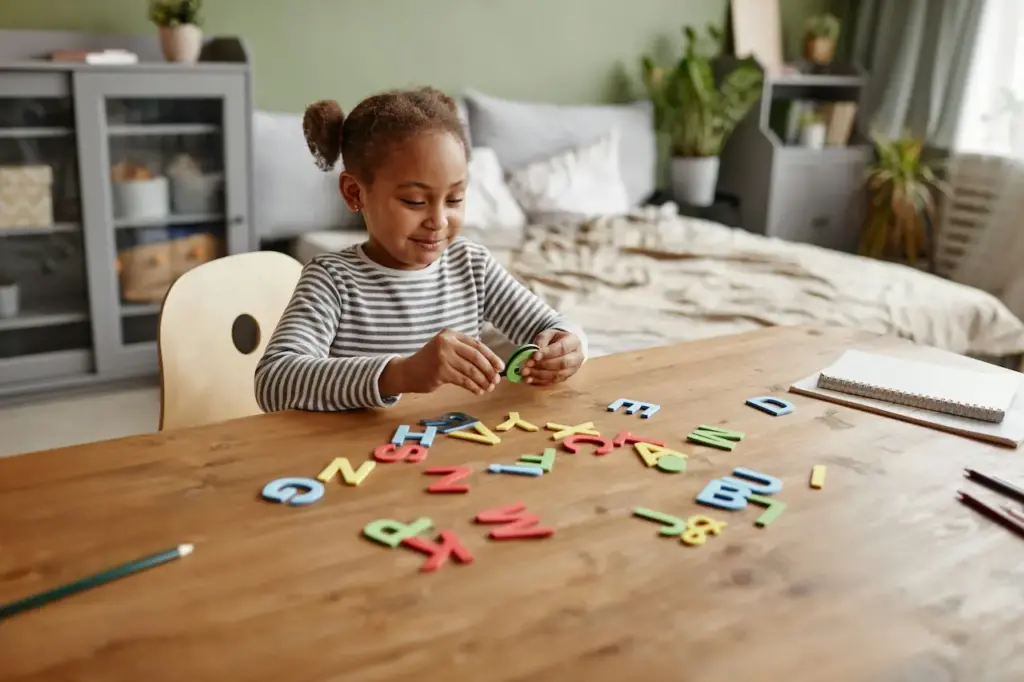
Physical/Kinaesthetic learners prefer learning through touch and movement. Consider:
-
- Making or building letters (e.g. with pipe cleaners or play dough)
- Using giant alphabet stamps
- Outdoor games or activities
- Gross motor activities (such as this alphabet fishing game, they can also be simple homemade games)
- Using sandpaper letters
- Alphabet scavenger hunts
- Alphabet sensory digs (My Nearest and Dearest shares an alphabet construction site and Growing Book by Book has a list of further ideas)
Social/Interpersonal learners prefer learning in groups or alongside others. Consider:
- Partner games (Such as this Alphabet Back Game)
- Competitive games (Such as this Alphabet Knock Down from Toddler Approved)
- Alphabet board games (which can also be homemade board games)
Naturalistic learners prefer to work in and with nature. Consider:
- Building or making letters with sticks, leaves and petals
- Playing in the garden or making your own garden for alphabet play (Buggy and Buddy share an Alphabet Flower Garden)
- Natural alphabet play materials or A Nest For All Seasons shows you how to make your own natural letters for the fridge)



